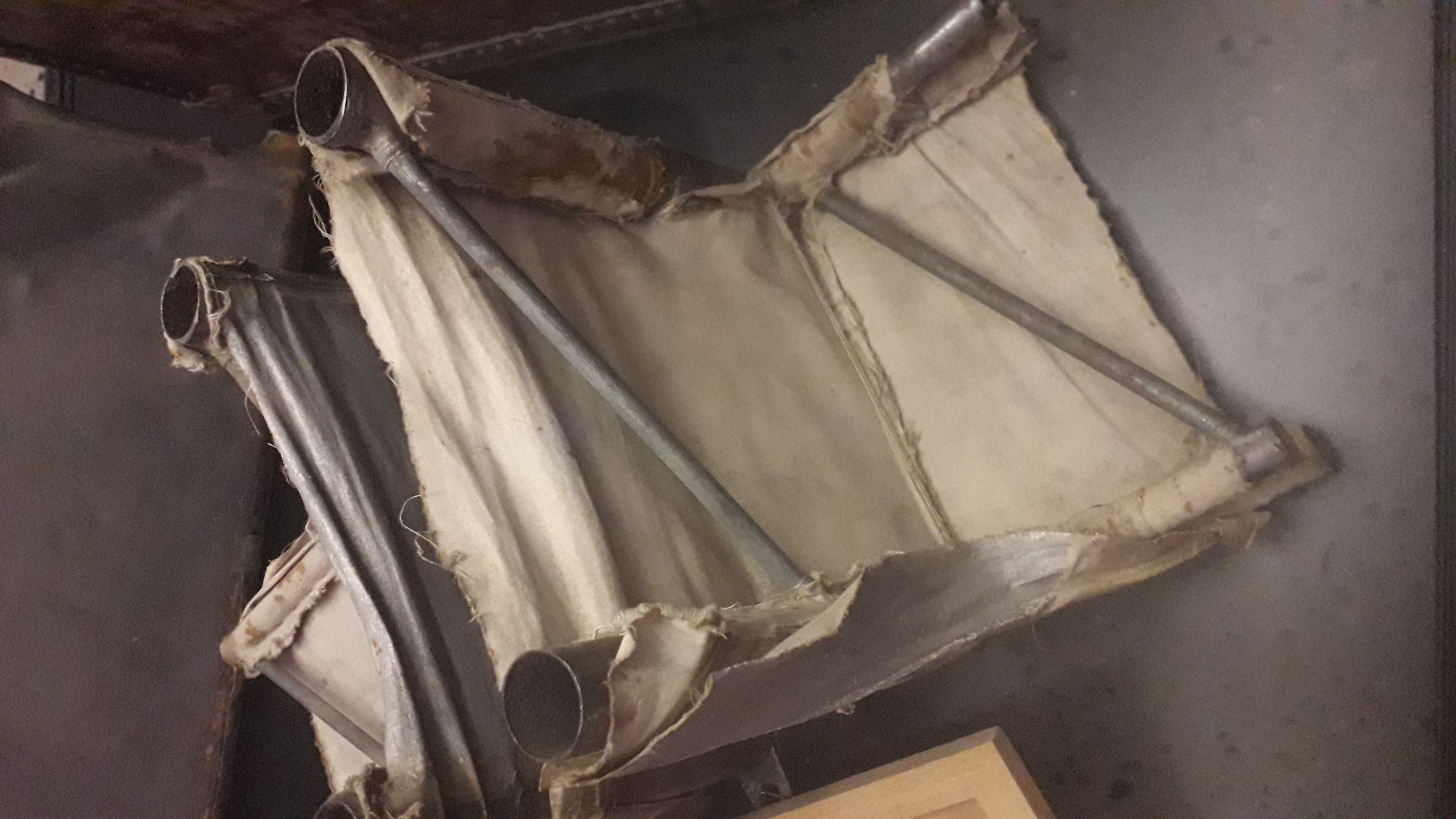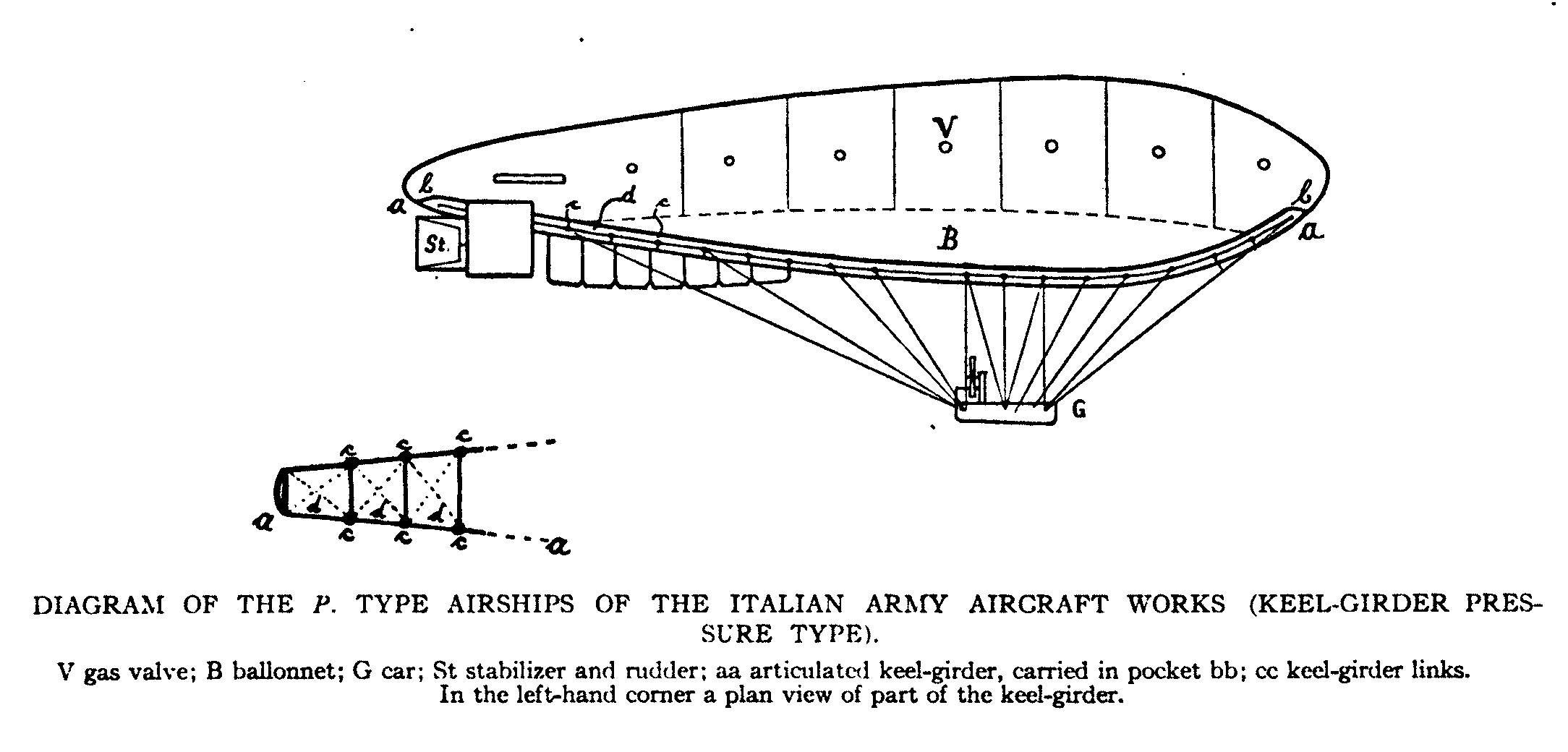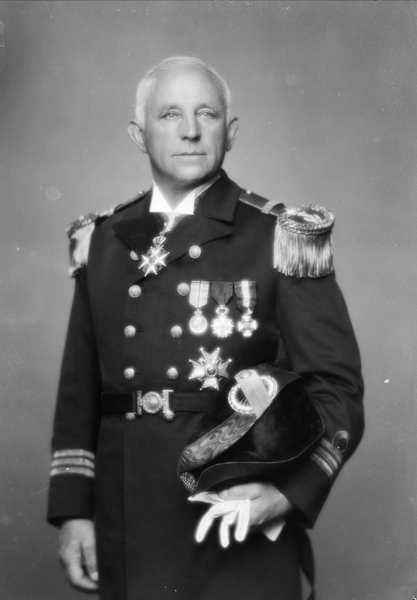|
Airship Norge
The ''Norge'' was a semi-rigid Italian-built airship that carried out the first verified trip of any kind to the North Pole, an overflight on 12 May 1926. It was also the first aircraft to fly over the polar ice cap between Europe and America. The expedition was the brainchild of polar explorer and expedition leader Roald Amundsen, the airship's designer and pilot Umberto Nobile and American adventurer and explorer Lincoln Ellsworth who, along with the Aero Club of Norway, financed the trip, which was known as the Amundsen-Ellsworth 1926 Transpolar Flight. Design and development ''Norge'' was the first N-class semi-rigid airship designed by Umberto Nobile, and its construction started in 1923. As part of the selling contract s the ''Norge''it was refitted for Arctic conditions. The pressurised envelope was reinforced with metal frames at the nose and tail, with a flexible tubular metal keel connecting the two. This was covered with fabric and used as storage and crew space. ... [...More Info...] [...Related Items...] OR: [Wikipedia] [Google] [Baidu] |
Semi-rigid Airship
A semi-rigid airship is an airship which has a stiff keel or truss supporting the main envelope along its length. The keel may be partially flexible or articulated and may be located inside or outside the main envelope. The outer shape of the airship is maintained by gas pressure, as with the non-rigid "blimp". Semi-rigid dirigibles were built in significant quantity from the late 19th century but in the late 1930s they fell out of favour along with rigid airships. No more were constructed until the semi-rigid design was revived by the Zeppelin NT in 1997. Semi-rigid construction is lighter-weight than the outer framework of a rigid airship, while it allows greater loading than a non-rigid type. Principle More or less integrally attached to the hull are the gondola, engines and sometimes the empennage (tail). The framework has the task of distributing the suspension loads of these attachments and the lifting gas loads evenly throughout the whole hull's surface and may also ... [...More Info...] [...Related Items...] OR: [Wikipedia] [Google] [Baidu] |
Mooring Mast
A mooring mast, or mooring tower, is a structure designed to allow for the docking of an airship outside of an airship hangar or similar structure. More specifically, a mooring mast is a mast or tower that contains a fitting on its top that allows for the bow of the airship to attach its mooring line to the structure. When it is not necessary or convenient to put an airship into its hangar (or shed) between flights, airships can be moored on the surface of land or water, in the air to one or more wires, or to a mooring mast. After their development mooring masts became the standard approach to mooring airships as considerable manhandling was avoided.Williams, T, 2009 (Reissue), "Airship Pilot No. 28", Darcy Press, UK, Mast types Airship mooring masts can be broadly divided into fixed high masts and fixed or mobile low (or ‘stub’) masts. In the 1920s and 1930s masts were built in many countries. At least two were mounted on ships. Without doubt the tallest mooring mast ... [...More Info...] [...Related Items...] OR: [Wikipedia] [Google] [Baidu] |
Finn Malmgren
Finn Adolf Erik Johan Malmgren (9 January 1895 – ) was a Swedish meteorologist and Arctic explorer. Biography Malmgren studied in Göteborg, Sundsvall, and Stockholm. In 1912, he began his studies at Uppsala University where he received a bachelor's degree in 1916. In 1917, Malmgren became assistant to professor Axel Hamberg in his observatory at Pårtetjåkko; in 1920, he returned to the meteorological institute in Uppsala and a year later was appointed assistant professor at Otto Pettersson's hydrographic institute for oceanic studies on an island in the Gullmarsfjord. From 1922 to 1925, Malmgren participated in the expedition of Roald Amundsen and Harald Ulrik Sverdrup in the Arctic, on board the . In 1926, he was on board the Italian airship which overflew the North Pole, where he used scientific instruments from František Běhounek. In early 1927, he was decorated as a Commander of the Order of St. Olav. In 1928, the scientist joined the expedition of Umber ... [...More Info...] [...Related Items...] OR: [Wikipedia] [Google] [Baidu] |
Hjalmar Riiser-Larsen
Hjalmar Riiser-Larsen (7 June 1890 – 3 June 1965) was a Norwegian aviation pioneer, military officer, polar explorer and businessman. Among his achievements, he is generally regarded a founder of the Royal Norwegian Air Force. Background Riiser-Larsen was born in Kristiania, Norway. In 1909, aged nineteen, he joined the Norwegian Naval Academy. In 1915 he became a 1st lieutenant in the newly formed Royal Norwegian Navy Air Service (RNoNAS). After World War I, he served as the acting head of the RNoNAS's factory until a more senior officer was appointed. In 1921, he joined the Aviation Council, then part of the Norwegian Ministry of Defence, as a secretary. This gave him the opportunity to study the fledgling military and civil aviation infrastructure for which the council was responsible. He also became a frequent pilot on the air routes used by the new aviation companies. Polar exploration Flying over the North Pole Riiser-Larsen's years of polar exploration began in 19 ... [...More Info...] [...Related Items...] OR: [Wikipedia] [Google] [Baidu] |
Oscar Wisting
Oscar Adolf Wisting (6 June 1871 – 5 December 1936) was a Norwegian Naval officer and polar explorer. Together with Roald Amundsen he was the first person to reach both the North and South Poles. Biography Oscar Wisting was born in Larvik, in Vestfold county, Norway. He was the son of Ola Martin Olsen Wisting (1843–1927) and Abigael Helene Andersen (1843–85). He became the eldest of 13 children. His father ran a trucking business. At the age of sixteen, he went to sea and in 1892 joined the Royal Norwegian Navy. He was working as a naval gunner at Karljohansvern, the naval base in Horten during 1909 when Roald Amundsen asked him to go north with him on his forthcoming North Pole expedition. Amundsen later secretly changed his plans. Wisting went to sea believing they were heading for the North Pole. Instead he learned that they were going south to pick up the race with Robert Falcon Scott to the South Pole. As a participant in Amundsen's South Pole expediti ... [...More Info...] [...Related Items...] OR: [Wikipedia] [Google] [Baidu] |
Robert Edwin Peary
Robert Edwin Peary Sr. (; May 6, 1856 – February 20, 1920) was an American explorer and officer in the United States Navy who made several expeditions to the Arctic in the late 19th and early 20th centuries. He is best known for, in April 1909, leading an expedition that claimed to be the first to have reached the geographic North Pole. Explorer Matthew Henson, part of the expedition, is thought to have reached what they believed to be the North Pole narrowly before Peary. Peary was born in Cresson, Pennsylvania, but, following his father's death at a young age, was raised in Portland, Maine. He attended Bowdoin College, then joined the United States Coast and Geodetic Survey as a draftsman. He enlisted in the navy in 1881 as a civil engineer. In 1885, he was made chief of surveying for the Nicaragua Canal, which was never built. He visited the Arctic for the first time in 1886, making an unsuccessful attempt to cross Greenland by dogsled. In the Peary expedition to Green ... [...More Info...] [...Related Items...] OR: [Wikipedia] [Google] [Baidu] |
Fokker F
Fokker was a Dutch aircraft manufacturer named after its founder, Anthony Fokker. The company operated under several different names. It was founded in 1912 in Berlin, Germany, and became famous for its fighter aircraft in World War I. In 1919 the company moved its operations to the Netherlands. During its most successful period in the 1920s and 1930s, it dominated the civil aviation market. Fokker went into bankruptcy in 1996, and its operations were sold to competitors. History Fokker in Germany At age 20, while studying in Germany, Anthony Fokker built his initial aircraft, the ''Spin'' (Spider)—the first Dutch-built plane to fly in his home country. Taking advantage of better opportunities in Germany, he moved to Berlin, where in 1912, he founded his first company, Fokker Aeroplanbau, later moving to the Görries suburb just southwest of Schwerin (at ), where the current company was founded, as Fokker Aviatik GmbH, on 12 February 1912. World War I Fokker capitalized o ... [...More Info...] [...Related Items...] OR: [Wikipedia] [Google] [Baidu] |
Richard Evelyn Byrd
Richard Evelyn Byrd Jr. (October 25, 1888 – March 11, 1957) was an American naval officer and explorer. He was a recipient of the Medal of Honor, the highest honor for valor given by the United States, and was a pioneering American aviator, polar explorer, and organizer of polar logistics. Aircraft flights in which he served as a navigator and expedition leader crossed the Atlantic Ocean, a segment of the Arctic Ocean, and a segment of the Antarctic Plateau. Byrd said that his expeditions had been the first to reach both the North Pole and the South Pole by air. His belief to have reached the North Pole is disputed. He is also known for discovering Mount Sidley, the largest dormant volcano in Antarctica. Family Ancestry Byrd was born in Winchester, Virginia, the son of Esther Bolling (Flood) and Richard Evelyn Byrd Sr. He was a descendant of one of the First Families of Virginia. His ancestors include planter John Rolfe and his wife Pocahontas, William Byrd II of Westover P ... [...More Info...] [...Related Items...] OR: [Wikipedia] [Google] [Baidu] |
Svalbard
Svalbard ( , ), also known as Spitsbergen, or Spitzbergen, is a Norwegian archipelago in the Arctic Ocean. North of mainland Europe, it is about midway between the northern coast of Norway and the North Pole. The islands of the group range from 74° to 81° north latitude, and from 10° to 35° east longitude. The largest island is Spitsbergen, followed by Nordaustlandet and . The largest settlement is Longyearbyen. The islands were first used as a base by the whalers who sailed far north in the 17th and 18th centuries, after which they were abandoned. Coal mining started at the beginning of the 20th century, and several permanent communities were established. The Svalbard Treaty of 1920 recognizes Norwegian sovereignty, and the 1925 Svalbard Act made Svalbard a full part of the Kingdom of Norway. They also established Svalbard as a free economic zone and a demilitarized zone. The Norwegian Store Norske and the Russian remain the only mining companies in place. Res ... [...More Info...] [...Related Items...] OR: [Wikipedia] [Google] [Baidu] |
Ny-Ålesund
Ny-Ålesund ("New Ålesund") is a small town in Oscar II Land on the island of Spitsbergen in Svalbard, Norway. It is situated on the Brøgger peninsula ( Brøggerhalvøya) and on the shore of the bay of Kongsfjorden. The company town is owned and operated by Kings Bay, which provides facilities for permanent research activities by 19 institutions from 11 countries. The town is ultimately owned by the Ministry of Climate and Environment and is not incorporated (i.e. is not recognised as a town by the Norwegian government). Ny-Ålesund has an all-year permanent population of 30 to 35, with the summer population reaching 114. Its facilities include Ny-Ålesund Airport, Hamnerabben, Svalbard Rocket Range, a port and Ny-Ålesund Town and Mine Museum, as well as a number of buildings dedicated to research and environmental monitoring activities. It is the northernmost functional civilian settlement in the world. The town was founded in 1917 by Peter Brandal and his mining company, Ki ... [...More Info...] [...Related Items...] OR: [Wikipedia] [Google] [Baidu] |








.jpg)